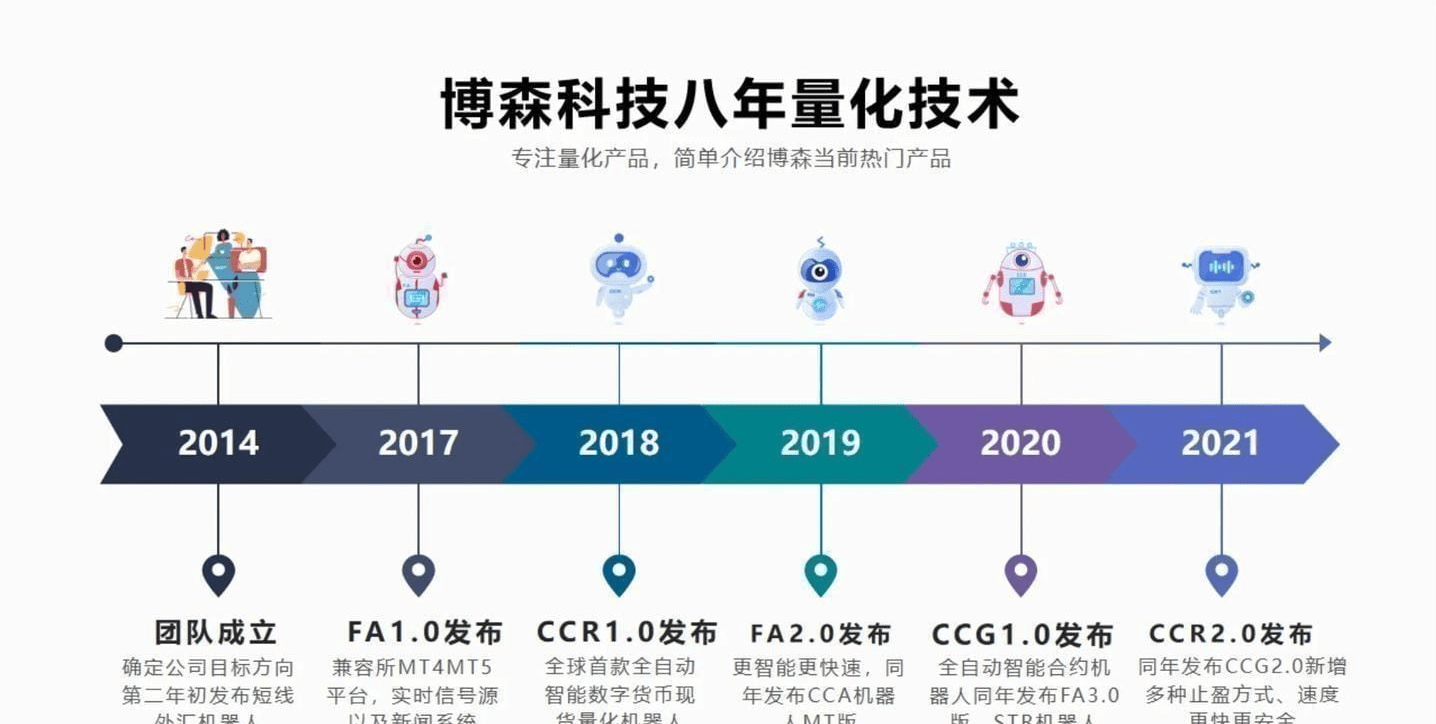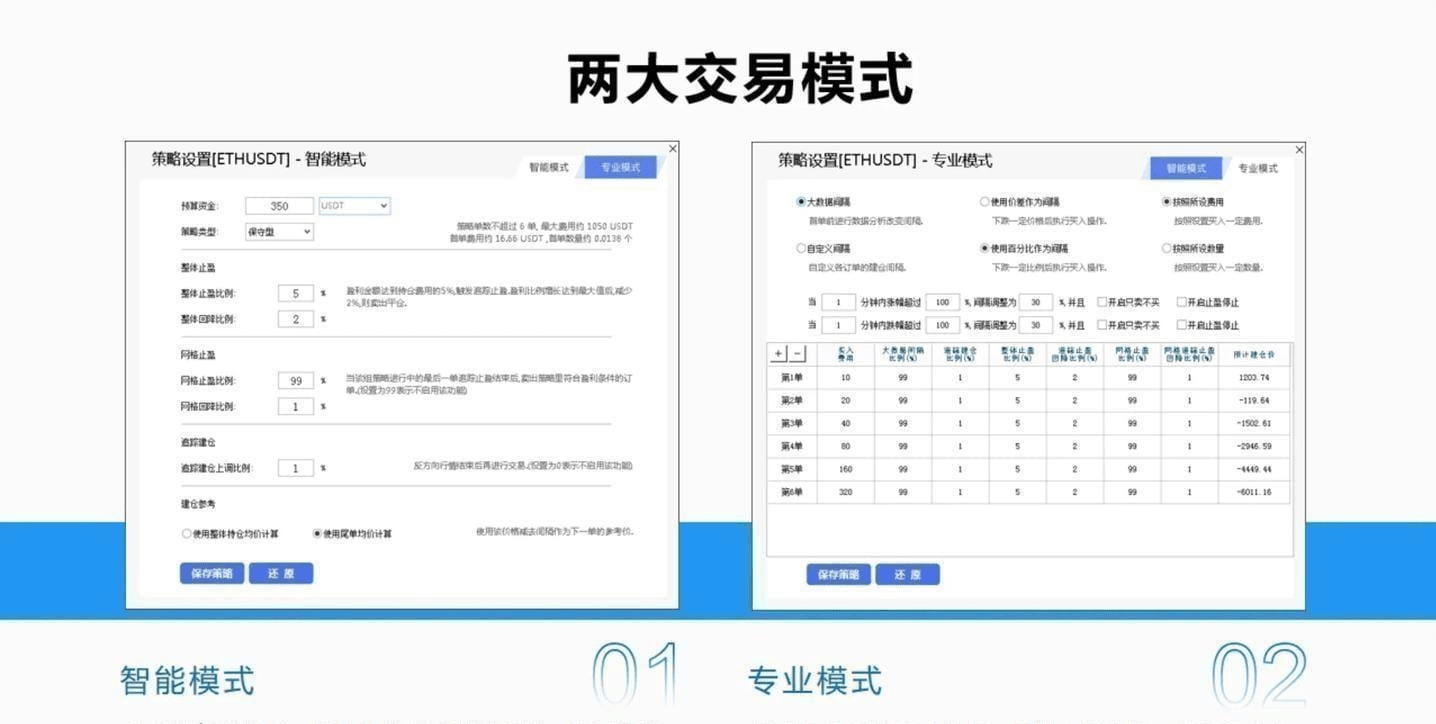Recently, several significant events have occurred in the cryptocurrency sector, mainly revolving around the implementation of regulatory policies, price fluctuations of mainstream coins, and technological ecosystem development. Here are the core dynamics summarized:
1. The U.S. stablecoin regulatory framework is established, and Trump signs the GENIUS Act.
On July 18, U.S. President Trump officially signed the GENIUS Act, marking the establishment of the first federal-level stablecoin regulatory framework in the U.S. This legislation clearly defines 'payment stablecoins' as digital assets pegged to fiat currency, requiring issuers to hold sufficient liquid assets (such as U.S. Treasury bonds) as reserves and to publish regular audit reports. Stablecoin issuers with a market capitalization exceeding $10 billion must be directly regulated by the Federal Reserve and the Office of the Comptroller of the Currency (OCC), while smaller issuers are supervised by state-level agencies. The act also specifically stipulates that stablecoin holders have priority repayment rights in the event of issuer bankruptcy and prohibits claims that stablecoins are backed by the credit of the U.S. government.
The passage of this act has directly boosted optimism in the crypto market. Bitcoin's price surged from $118,500 to over $120,000, while Ethereum saw a daily increase of over 7%, breaking through $3,600, with secondary coins like XRP and ADA generally rising over 10%. Stocks of companies like Circle and Coinbase, which have long lobbied for this act, also rose, while Hong Kong crypto concept stocks like Blue Ocean Interactive and Xiongan Technology rose over 5%.
Bitcoin price experiences extreme fluctuations, retreating after breaking $123,000.
On July 15, Bitcoin's price historically broke through $123,000, reaching an all-time high with an increase of over 70% within three months. This rise was primarily driven by halving cycle effects, increased institutional holdings (such as MicroStrategy's continued purchases), and favorable policies. However, on July 16, the market suddenly reversed, with Bitcoin dropping over 5% in a single day to $116,300, leading to over 130,000 liquidations across the network, totaling $493 million. Analysts believe this correction is related to internal disagreements among Republicans regarding crypto legislation, with 13 Republican lawmakers opposing the bill supported by Trump during procedural voting, raising concerns about regulatory uncertainty.
Subsequently, after the signing of the GENIUS Act on July 18, the price of Bitcoin quickly rebounded above $120,000, but on July 19, it experienced another technical adjustment, falling back to around $117,000, with a 24-hour decline of 1.85%. The market is currently in a phase of grappling with the realization of favorable policies and profit-taking pressure, and short-term volatility may intensify.
3. Ethereum ecosystem remains active, corporate accumulation and technological upgrades resonate.
Ethereum performed strongly in July, with prices breaking $3,600 on July 18, approaching the year's high. This surge is closely related to the Pectra upgrade launched on May 7, which introduced core features such as account abstraction (EIP-7702), optimized validator experience (increased staking limit to 2048 ETH), and Layer 2 expansion (Blob throughput doubling), significantly enhancing network performance and developer friendliness.
Meanwhile, global companies are accelerating their accumulation of Ethereum. As of July, over 85 listed companies hold approximately 1.6 million ETH, accounting for 1.9% of the total circulating supply. Among them, BitMine has become the largest ETH reserve-listed company globally with 300,700 ETH holdings, while companies like SharpLink Gaming and Bit Digital have also significantly increased their holdings through financing. This trend reflects institutional recognition of Ethereum as a 'digital reserve asset' and the attractiveness of staking yields (annualized around 3-5%).
Additionally, the Ethereum Foundation announced it will hold a celebration for the 10th anniversary of the genesis block on July 30, with the global community hosting offline gatherings and on-chain activities to further boost market sentiment.
4. Regulatory games intensify, EU and U.S. policy paths diverge.
Aside from the U.S., the EU's crypto regulatory framework is also accelerating its implementation. The MiCA supplementary amendment, passed in late June, allows compliant foreign stablecoins (such as USDT and USDC) to be freely exchanged with stablecoins issued within the EU, aiming to attract international institutions to enter the European market. However, the EU has also strengthened anti-money laundering regulations, requiring a ban on anonymous crypto transactions starting July 2027, and has established a new regulatory body, AMLA, to directly oversee large platforms.
In contrast, the U.S. House of Representatives has also passed the CLARITY Act and the Anti-CBDC Act; the former attempts to weaken SEC regulatory authority and classify crypto assets under CFTC oversight, while the latter prohibits the Federal Reserve from issuing central bank digital currencies (CBDC) without Congressional approval. These bills reflect the U.S. regulators' balancing act between promoting innovation and preventing risks, and the disagreements between Democrats and Republicans on specific terms may influence the final legislative process.
Frequent security incidents, rapid development of DeFi and cross-chain ecosystems.
Since July, the amount stolen in cryptocurrency thefts has already surpassed that of the entire year of 2024, with the Asia-Pacific region becoming a hard-hit area. New types of attacks, such as 'Wrench Attacks,' have led to significant losses. Binance founder Zhao Changpeng has particularly warned about the risks of social engineering attacks, urging users to be vigilant against phishing links and false announcements.
At the same time, decentralized finance (DeFi) continues to expand. The total locked value (TVL) of Bitcoin DeFi has soared from $307 million to $6.4 billion within 18 months, with projects like Lombard Finance promoting Bitcoin's application across multiple ecosystems. There have also been breakthroughs in the cross-chain field, with Aethir and Credible Finance collaborating to launch the first DePIN credit card, allowing users to stake tokens for stablecoin credit limits and directly use crypto assets for consumption.
6. China's policy dynamics: Shanghai pilots cross-border stablecoin applications.
On July 10, the Shanghai Municipal State-owned Assets Supervision and Administration Commission held a special meeting proposing to pilot the compliant application of cryptocurrencies and stablecoins in cross-border trade and supply chain finance, planning to jointly launch a 'Huimao Tong stablecoin' pegged to offshore RMB in the free trade zone with Pudong Development Bank and Shanghai Bank. This initiative is seen as a response to Hong Kong's Stablecoin Ordinance, effective August 1, aimed at enhancing the efficiency of RMB cross-border payments through an 'onshore-offshore + offshore-offshore' model. Currently, the pilot transaction volume for cross-border digital settlement in Shanghai's free trade zone has surpassed 80 billion yuan, with related technology improving efficiency by 40% after Hong Kong certification.

Market outlook and risk warnings.
The current market is at a critical juncture of intensive policy implementation and technological innovation resonance. The tug-of-war around Bitcoin around $120,000 will continue, with institutions like Standard Chartered predicting it could rise to $200,000 by year-end. However, short-term caution is needed regarding potential pullbacks due to regulatory details falling short of expectations or liquidity tightening. Ethereum, benefiting from ecosystem expansion and corporate accumulation, has a solid long-term growth logic, but attention must be paid to the rollout progress of sharding technology (ETH 3.0).
For investors, it is essential to focus on the progress of the deliberations of the CLARITY Act in the U.S. Senate, the implementation details of MiCA by EU member states, and further actions by Chinese regulators regarding cross-border stablecoin pilots. Additionally, it is crucial to be aware of the risks associated with high-leverage trading. Since July, two significant drops have led to over 200,000 people being liquidated, totaling nearly $1 billion. In the context of increasing compliance, choosing regulated trading platforms (such as Coinbase EU) and projects with on-chain audit capabilities (such as the XBIT decentralized exchange) will be key to reducing risks.


Without much time to study, and not wanting to be distracted and contribute real money to others while hoping to profit steadily in the crypto industry, consider trying quantitative strategies. For example, using the CCR intelligent spot trading robot and the CCG contract quantitative robot to reasonably control positions, calculate the timing for entering trades and realizing profits using big data, freeing up manpower! - Bosheng Technology Su En (bosen024)


